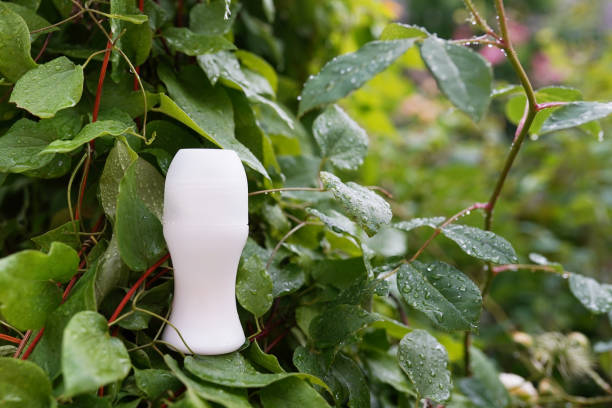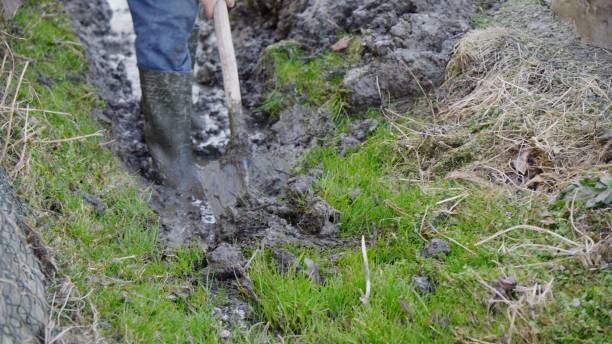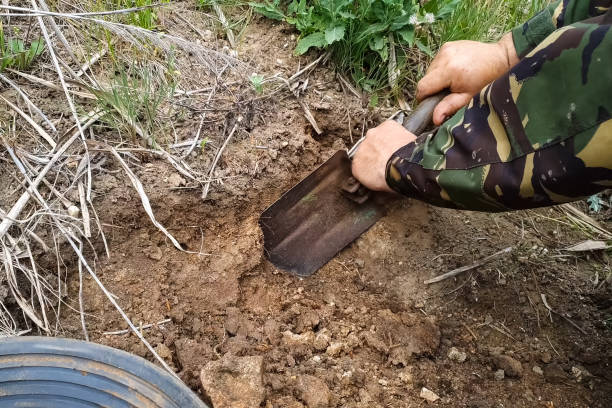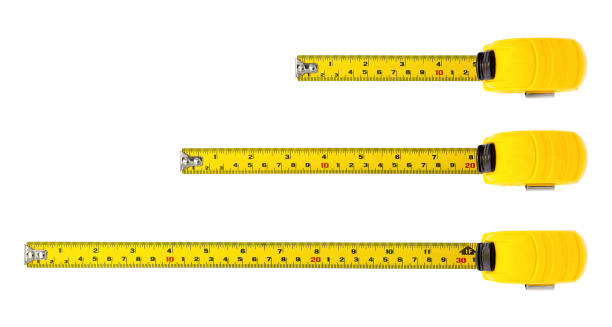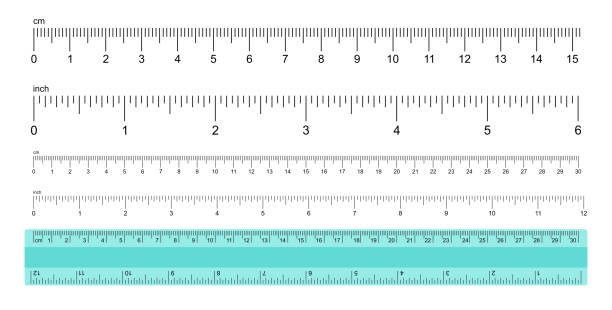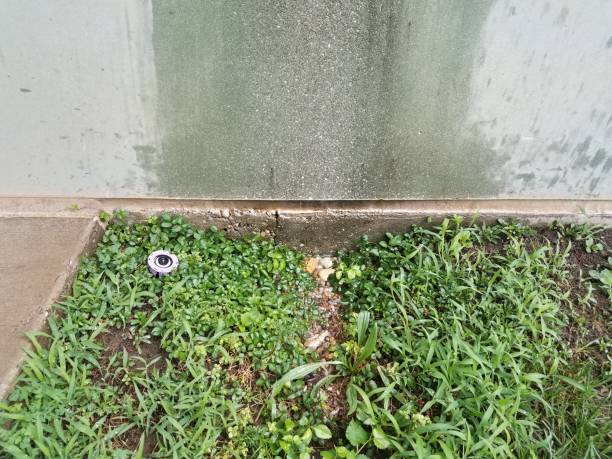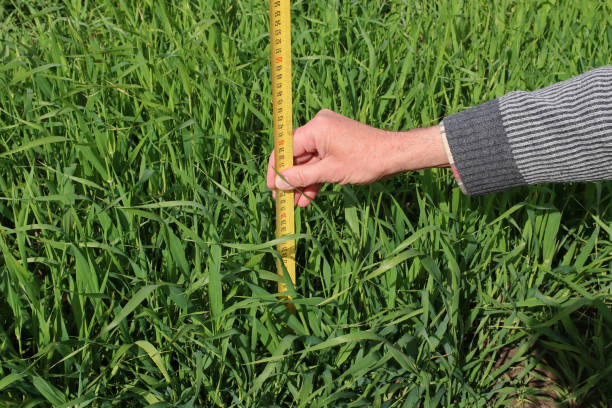How to Dry Up a Wet Yard Fast
This post contains affiliate links. This means I will make a commission at no extra cost to you should you click through and make a purchase. Read the full disclosure here.
The frustration of having a wet yard after heavy rain is a common problem faced by many homeowners. In this article, we will discuss effective strategies to dry up a wet yard quickly and restore its functionality and aesthetics.
Understanding the Issue
Before diving into solutions, it’s crucial to understand the causes and effects of a wet yard. Excess water accumulation can lead to various problems, including soil erosion, plant damage, and the formation of breeding grounds for mosquitoes.
Assessing the Situation
The first step in resolving a wet yard issue is to assess the situation thoroughly. Evaluate the extent of the problem, identify the areas with the most water pooling, and determine the underlying factors contributing to the wetness.
Identify the Cause
Identifying the cause of a wet yard is essential for effective remediation. It could be poor drainage, improper grading, downspout issues, or a high water table. Understanding the root cause will help tailor the solutions accordingly.
Dealing with Surface Water
One of the immediate steps to address a wet yard is to remove surface water. This can be done using various methods such as manual pumping, utilizing a wet-dry vacuum, or employing a sump pump for more extensive water removal.
Improving Drainage
To prevent future water accumulation, it’s important to improve the yard’s drainage system. This can involve creating a slope, installing trench drains, or using catch basins to redirect water away from the yard.
Enhancing Soil Absorption
Increasing the soil’s absorption capacity can aid in drying up a wet yard faster. Amending the soil with organic matter, such as compost or sand, helps improve its drainage capabilities and reduces water retention.
Aeration and Drying Agents
Aerating the yard helps in loosening compacted soil, facilitating better water penetration and faster drying. Additionally, the application of drying agents like gypsum or calcium chloride can expedite the drying process.
Installing French Drains
French drains are an effective long-term solution for wet yards. These underground drainage systems collect and redirect water away from the yard, preventing waterlogging and maintaining dryness.
Utilizing Sump Pumps
Sump pumps are particularly useful in yards with recurring water issues. These pumps automatically remove excess water from basements, crawl spaces, or low-lying areas, preventing water buildup and ensuring a dry yard.
Creating a Rain Garden
A rain garden is a sustainable and aesthetically pleasing solution to tackle a wet yard. By designing a depression in the yard and planting native vegetation, rainwater can be absorbed, minimizing pooling and allowing for natural filtration.
Land Grading
Proper land grading is essential for ensuring water flows away from the yard. By recontouring the landscape, excess water can be directed to appropriate drainage areas, effectively drying up the yard.
Preventive Measures
Taking preventive measures can save you from future wet yard troubles. Regularly inspect and clean gutters, downspouts, and drainage systems. Properly plan landscaping to avoid water accumulation, and consider using permeable surfaces.
Conclusion
A wet yard can be a nuisance, but with the right approach, it can be resolved efficiently. By assessing the situation, identifying the cause, and implementing appropriate solutions like surface water removal, drainage improvements, and landscape modifications, you can dry up your yard quickly and restore its functionality and beauty.
FAQs
How long does it take to dry up a wet yard?
- The drying time depends on various factors such as the extent of water accumulation, soil type, weather conditions, and the implemented solutions. However, with effective measures, significant improvements can often be noticed within a few days to a few weeks.
Can I use sand to improve soil drainage?
- Sand can be beneficial in improving soil drainage, especially in heavy clay soils. However, it’s essential to strike the right balance, as excessive sand can lead to drainage issues. Consulting a professional or conducting a soil test can help determine the appropriate amount of sand for your yard.
Do I need professional help to install a French drain?
- While installing a French drain can be a DIY project, it’s recommended to seek professional assistance, especially for complex installations. Professionals have the expertise and equipment to ensure the drain is correctly positioned and effectively redirects water away from your yard.
Are rain gardens suitable for all yard sizes?
- Rain gardens can be adapted to fit different yard sizes. Even smaller yards can benefit from a smaller rain garden design. It’s important to consider the yard’s topography, soil type, and local regulations when planning and implementing a rain garden.
How can I maintain the effectiveness of drainage solutions?
- Regular maintenance is essential to ensure the continued effectiveness of drainage solutions. Clean out gutters and downspouts regularly, inspect and clear any clogs in drains or catch basins, and monitor the yard for any signs of water accumulation or inadequate drainage.

